Top 9 Most Beautiful Birds Appearing In Summer
| Top 10 Most Beautiful Places In The World To Discover | |
| Top 10 Most Beautiful Roads In The World - Instagram | |
| The Most Surreal Maze Bookstore In The World |
One of the best things about summer is that it is easier to get outside. When the weather is sunny and warm, the outdoors holds so much promise. Going to a nearby lake will also cheer your mood. The water is beneficial to your overall well-being and your brain, according to various studies. If you need to decompress after a hard day at work or just need time alone, then heading to the lake or ocean is a great way to relieve your stress. Walk around or sit and watch the birds.
The lake is home to several species of birds, and though the types that you may see will vary by your location, there are plenty of gorgeous and adorable birds to watch while sitting at any lake. Water provides a source of food for these feathered creatures, which may catch fish that live in the lake or insects that gravitate by the water. In the springtime, you may also see the babies that they have and can watch them grow up throughout the summer months.
Birdwatchers can also add to their bird sightings by visiting different lakes. In Florida, you would see Laughing Gulls, Herring Gulls, and Ring-Bill Gulls. You'll also see a variety of terns, sanderlings, and willets. The lakeside in Michigan, for another example, offers sightings of the occasional (and rare) phalarope, a Dunlin, plovers, and grebes. Come to the lake at night and there's an opportunity to see or hear some of the local owls in your area.
1. Common Loon
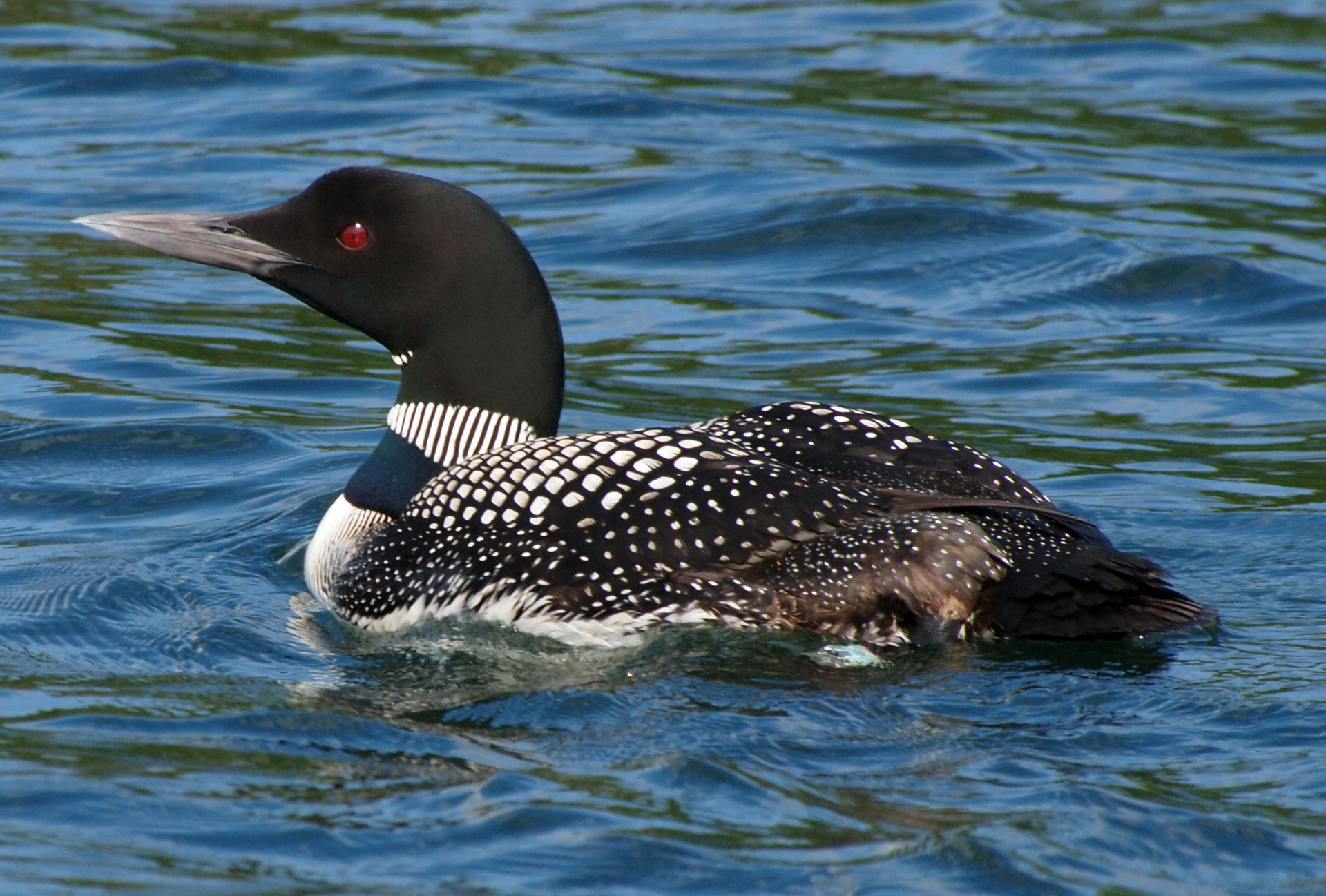 |
| Photo: Wikipedia |
Named for their clumsy, awkward appearance when walking on land, common loons are migratory birds which breed in forested lakes and large ponds in northern North America and parts of Greenland and Iceland. They winter all along North America’s Pacific and Atlantic coasts as well as in Europe and Iceland.
Their unusual cries, which vary from wails to tremolos to yodels, are distinct to individuals and can be heard at great distances. Loon cries are most prevalent during breeding season as pairs aggressively defend their territories.
Loons have striking red eyes, black heads and necks, and white striping, checkering, and spotting on their backs. They grow up to three feet in length and weigh up to 12 pounds, feeding largely on fish and invertebrates.
They nest lakeside and incubate their eggs for 27 to 30 days. Hatchlings leave the nest on their first day and are able to fly in about 11 weeks.
There are many Native American legends about common loons. And to this day the Inuit legally hunt over 4,500 a year for subsistence. Loon populations are currently stable, but a number of threats loom, including human encroachment and pollution.
2. Great Blue Heron
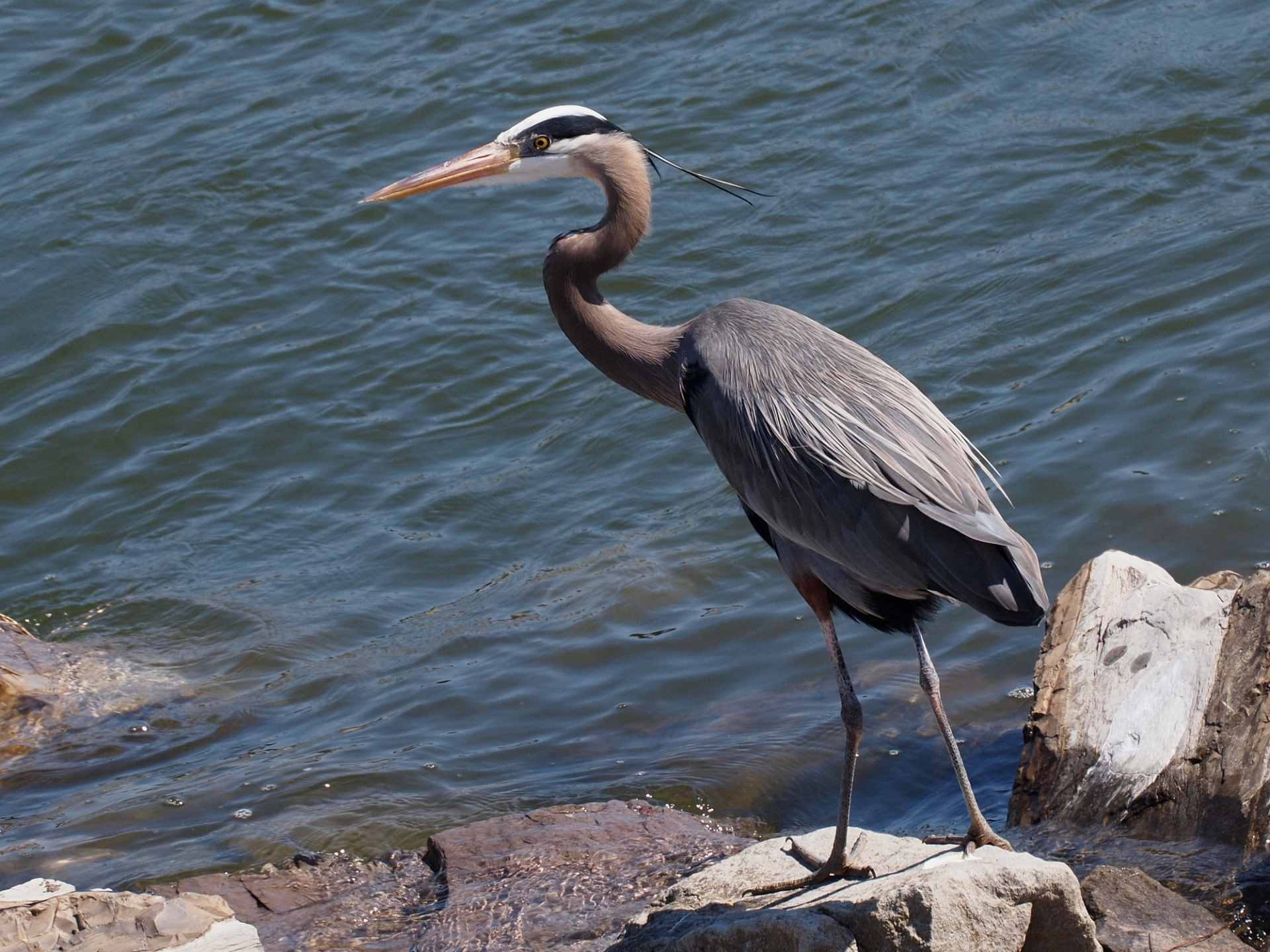 |
| Photo: Wikipedia |
The tall, long-legged great blue heron is the most common and largest of North American herons.
Great blue herons are waders, typically seen along coastlines, in marshes, or near the shores of ponds or streams. They are expert fishers. Herons snare their aquatic prey by walking slowly, or standing still for long periods of time and waiting for fish to come within range of their long necks and blade-like bills. The deathblow is delivered with a quick thrust of the sharp bill, and the prey is swallowed whole. Great blue herons have been known to choke to death by attempting to swallow fish too large for their long, S-shaped necks. Though they are best known as fishers, mice constitute a large part of their diet, and they also eat insects and other small creatures.
Great blue herons' size (3.2 to 4.5 feet) and wide wingspan (5.5 to 6.6 feet) make them a joy to see in flight. They can cruise at some 20 to 30 miles an hour.
Though great blue herons hunt alone, they typically nest in colonies. They prefer tall trees, but sometimes nest in low shrubs. Females produce two to seven eggs, which both parents protect and incubate. Chicks can survive on their own by about two months of age.
The all-white color morph found in the Caribbean and southern Florida is often called the great white heron, but it is in fact the same species.
3. Great Egret
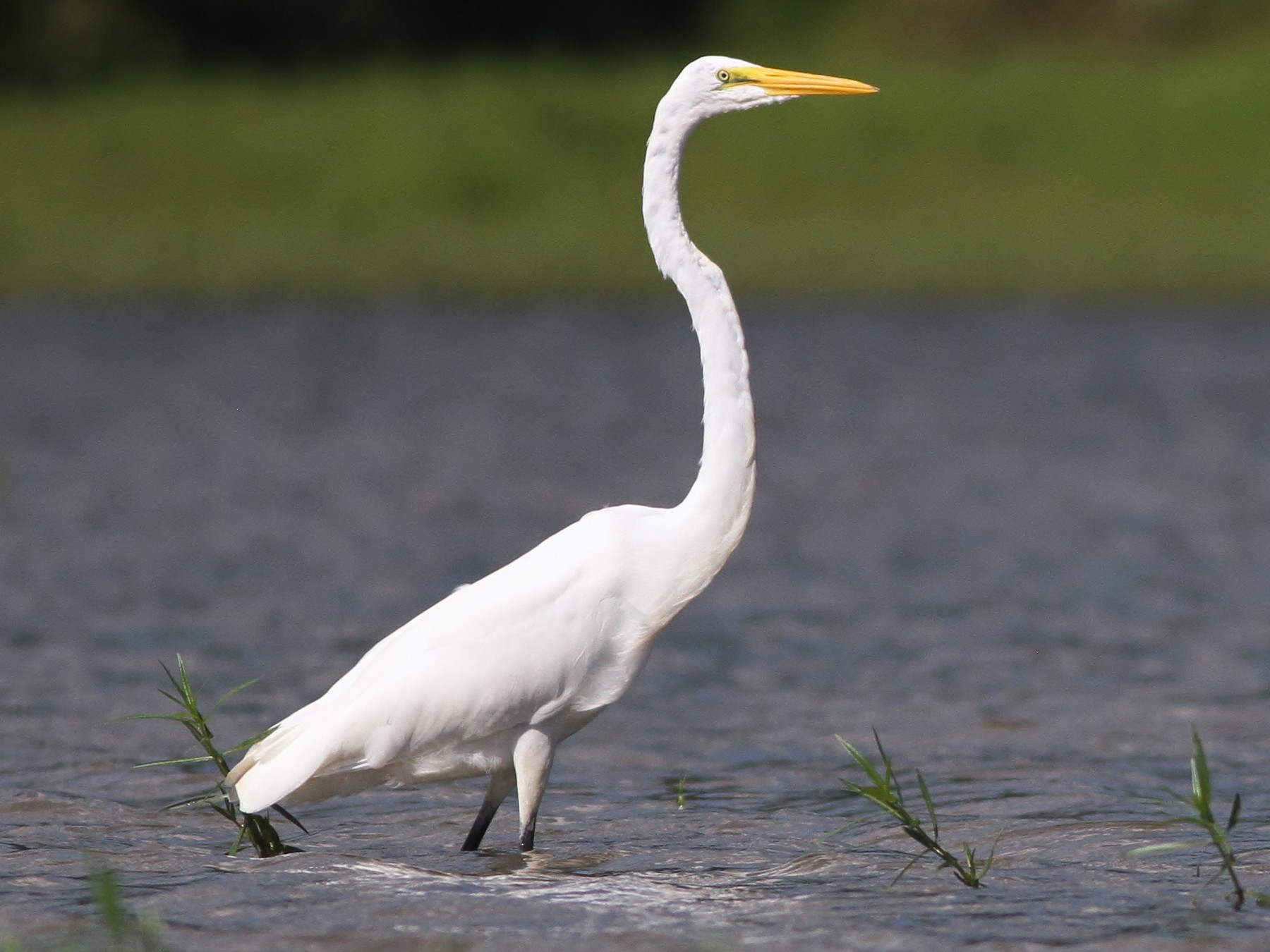 |
| Photo: eBird |
This long-legged, S-necked white bird is found throughout the Americas and around much of the world. It is typically the largest white egret occurring anywhere in its range (only the white-colored form of the great blue heron is larger).
Great egrets are found near water, salt or fresh, and feed in wetlands, streams, ponds, tidal flats, and other areas. They snare prey by walking slowly or standing still for long periods, waiting for an animal to come within range of their long necks and blade-like bills. The deathblow is delivered with a quick thrust of the sharp bill, and the prey is swallowed whole. Fish are a dietary staple, but great egrets use similar techniques to eat amphibians, reptiles, mice, and other small animals.
These birds nest in trees, near water and gather in groups called colonies, which may include other heron or egret species. They are monogamous, and both parents incubate their three to four eggs. Young egrets are aggressive towards one another in the nest, and stronger siblings often kill their weaker kin so that not all survive to fledge in two to three weeks.
4. Duck
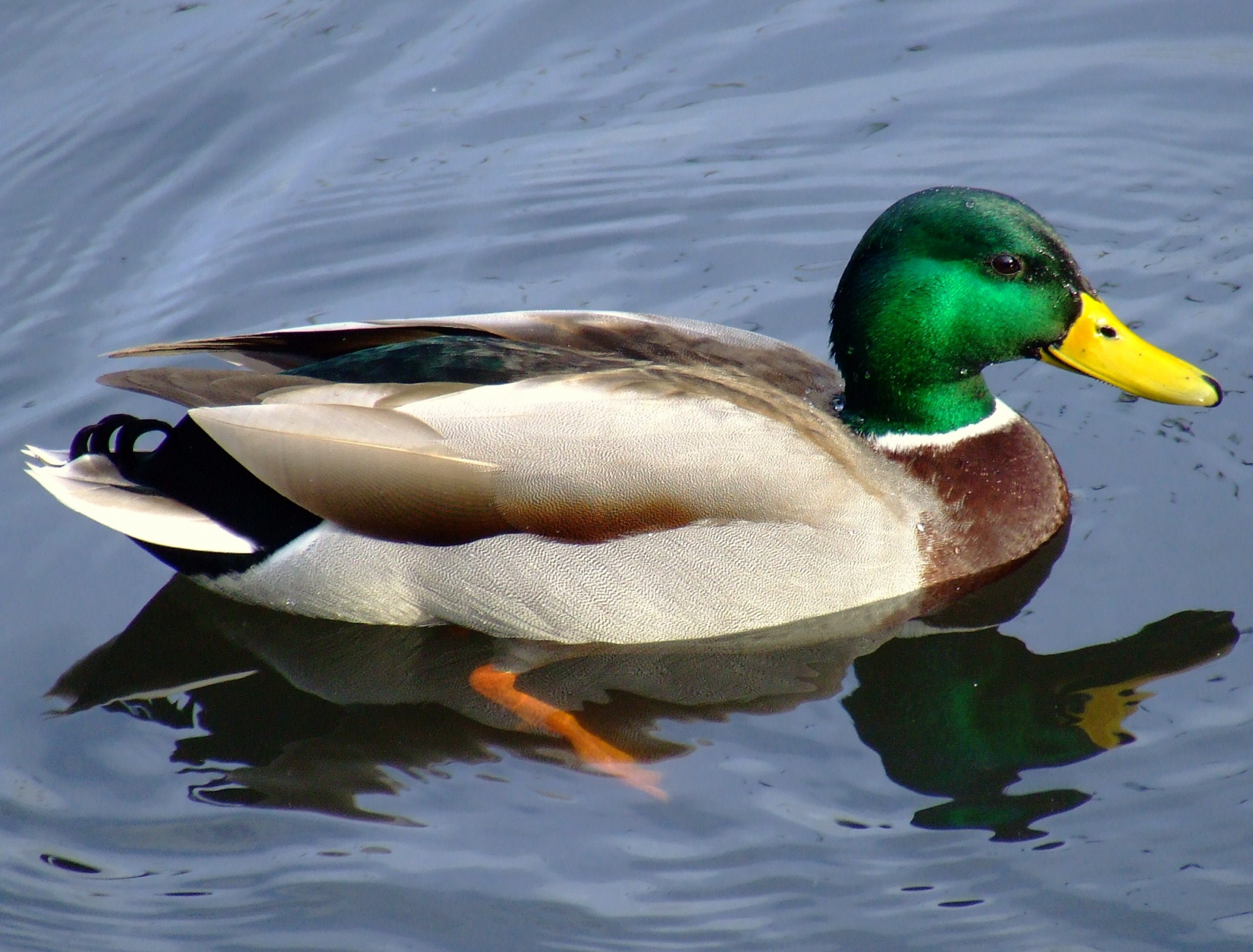 |
| Photo: Wikipedia |
Duck is the common name for numerous species of waterfowl in the family Anatidae. Ducks are generally smaller and shorter-necked than swans and geese, which are also members of the same family. Divided among several subfamilies, they are a form taxon; they do not represent a monophyletic group (the group of all descendants of a single common ancestral species), since swans and geese are not considered ducks. Ducks are mostly aquatic birds, mostly smaller than the swans and geese, and may be found in both fresh water and sea water.
Ducks are sometimes confused with several types of unrelated water birds with similar forms, such as loons or divers, grebes, gallinules and coots.
5. Grebe
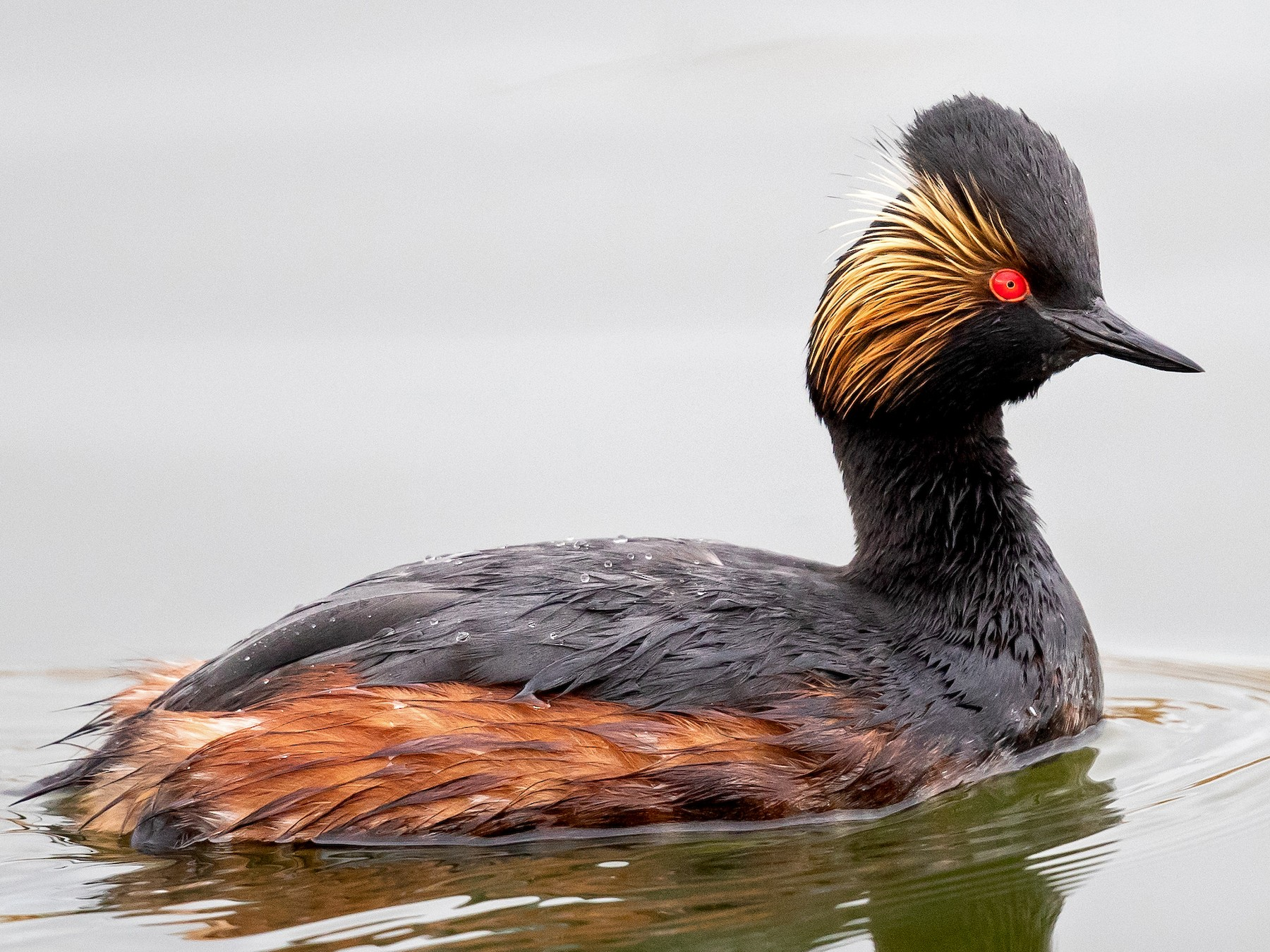 |
| Photo: eBird |
Grebe, (order Podicipediformes), any member of an order of foot-propelled diving birds containing a single family, Podicipedidae, with about 20 species. They are best known for the striking courtship displays of some species and for the silky plumage of the underparts, which formerly was much used in millinery. The speed with which grebes can submerge has earned them such names as water-witch and helldiver, while the position of the feet near the tail is responsible for the early English name arsefoot, from which the family name was derived.
Adult grebes range in weight from less than 150 grams (5 ounces) to more than 1.4 kg (3 pounds) and in total length from 21 to 73 cm (8 to 29 inches). They vary principally in bill shape and ornamentation of the head. The group is found on all of the continents and on many island groups as well; however, it is best represented in temperate regions. Seven species each are found in North and South America, five in Eurasia, and three each in Africa and Australia. The species range from conspicuous and gregarious to solitary and skulking.
6. Sandpiper
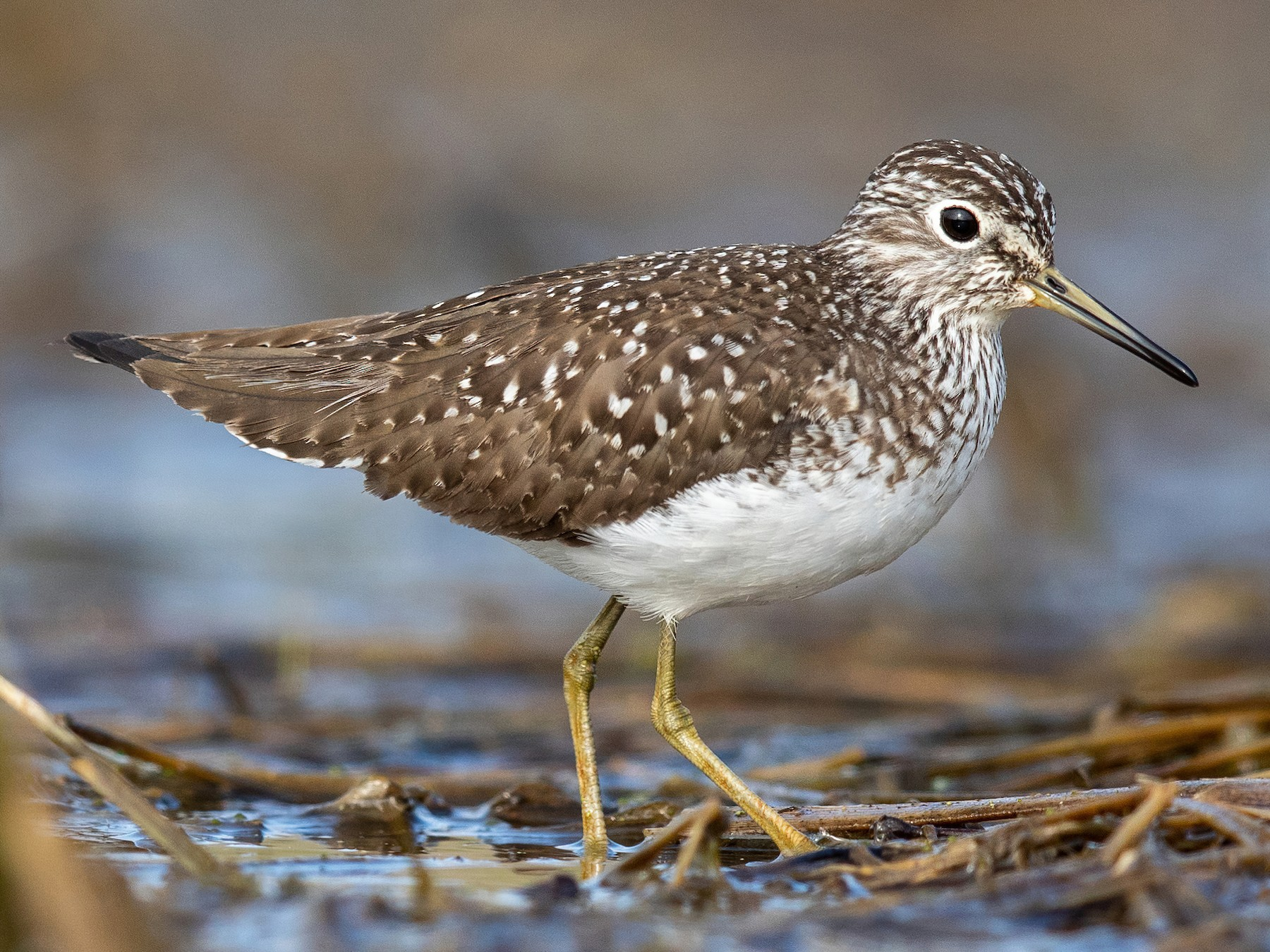 |
| Photo: eBird |
Sandpipers are a large family, Scolopacidae, of waders or shorebirds. They include many species called sandpipers, as well as those called by names such as curlew and snipe. The majority of these species eat small invertebrates picked out of the mud or soil. Different lengths of bills enable different species to feed in the same habitat, particularly on the coast, without direct competition for food.
Sandpipers have long bodies and legs, and narrow wings. Most species have a narrow bill, but otherwise the form and length are quite variable. They are small to medium-sized birds, measuring 12 to 66 cm (4.7–26.0 in) in length. The bills are sensitive, allowing the birds to feel the mud and sand as they probe for food. They generally have dull plumage, with cryptic brown, grey, or streaked patterns, although some display brighter colours during the breeding season.
Most species nest in open areas, and defend their territories with aerial displays. The nest itself is a simple scrape in the ground, in which the bird typically lays three or four eggs. The young of most species are precocial.
7. Pelican
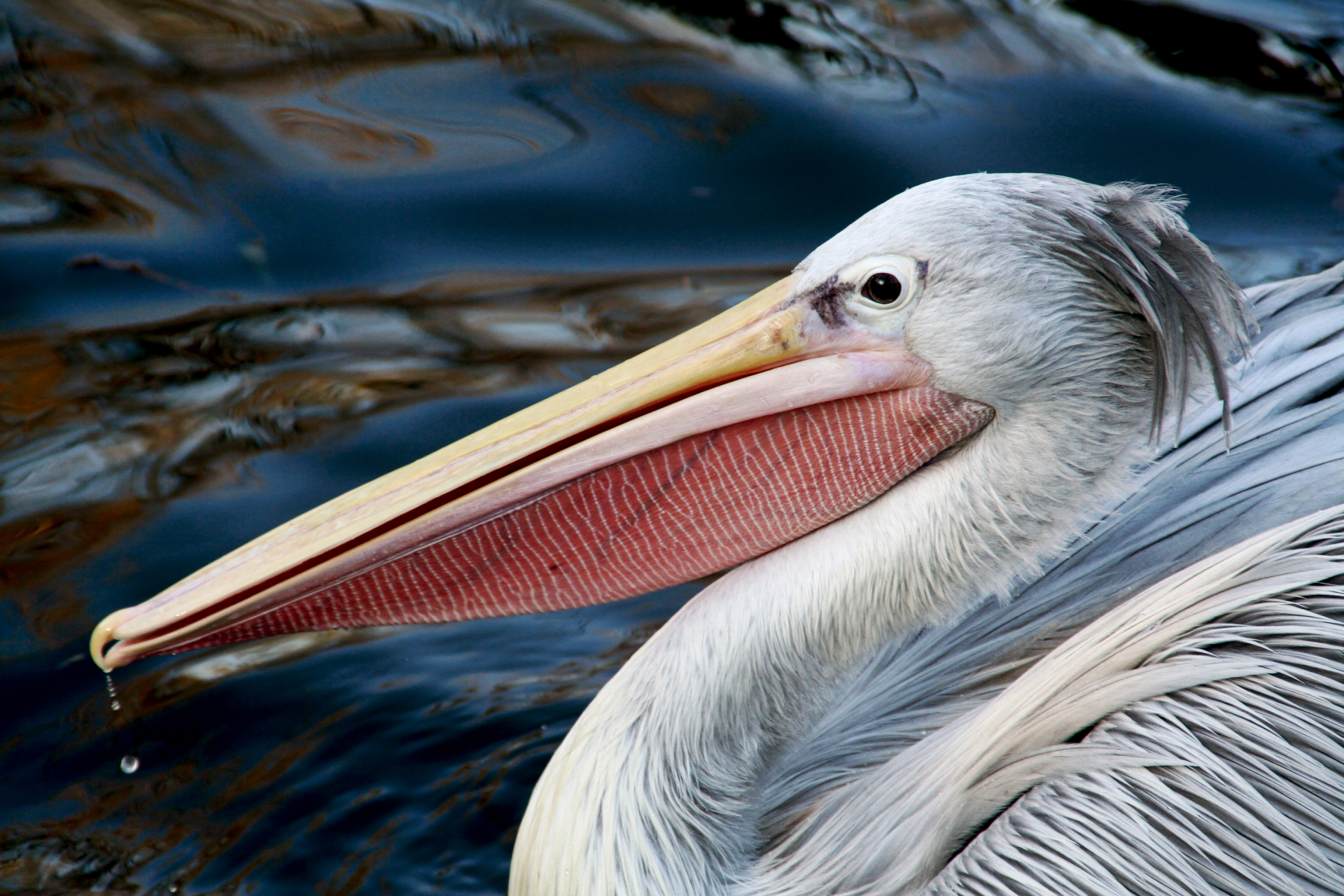 |
| Photo: Wikipedia |
Pelicans are a genus of large water birds that make up the family Pelecanidae. They are characterized by a long beak and a large throat pouch used for catching prey and draining water from the scooped-up contents before swallowing. They have predominantly pale plumage, except for the brown and Peruvian pelicans. The bills, pouches, and bare facial skin of all pelicans become brightly coloured before the breeding season. The eight living pelican species have a patchy global distribution, ranging latitudinally from the tropics to the temperate zone, though they are absent from interior South America and from polar regions and the open ocean.
Long thought to be related to frigatebirds, cormorants, tropicbirds, and gannets and boobies, pelicans instead are now known to be most closely related to the shoebill and hamerkop, and are placed in the order Pelecaniformes. Ibises, spoonbills, herons, and bitterns have been classified in the same order. Fossil evidence of pelicans dates back at least 30 million years to the remains of a beak very similar to that of modern species recovered from Oligocene strata in France. They are thought to have evolved in the Old World and spread into the Americas; this is reflected in the relationships within the genus as the eight species divide into Old World and New World lineages.
8. Eagle
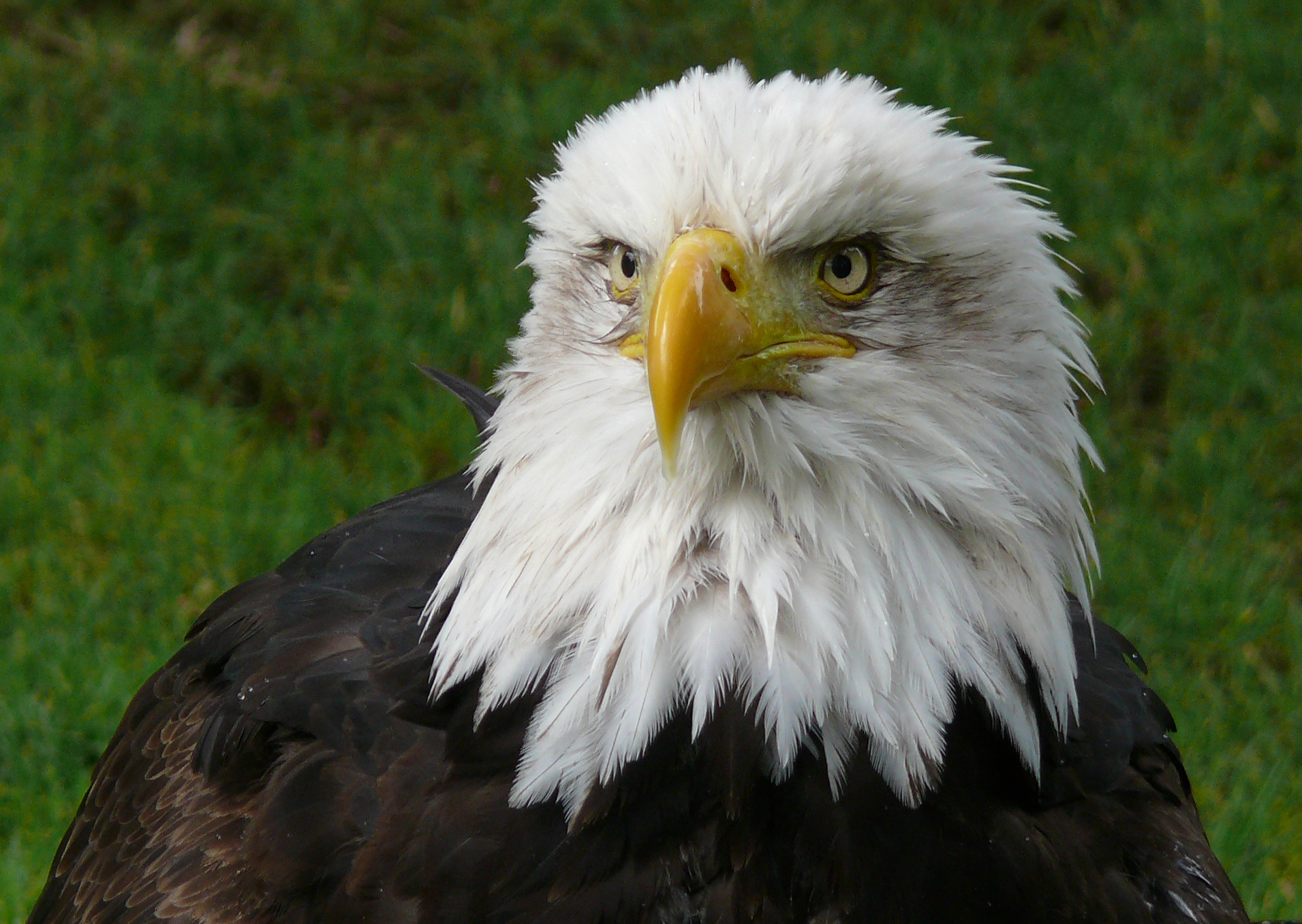 |
| Photo: Wikipedia |
Eagle, any of many large, heavy-beaked, big-footed birds of prey belonging to the family Accipitridae (order Accipitriformes). In general, an eagle is any bird of prey more powerful than a buteo. An eagle may resemble a vulture in build and flight characteristics but has a fully feathered (often crested) head and strong feet equipped with great curved talons. A further difference is in foraging habits: eagles subsist mainly on live prey. They are too ponderous for effective aerial pursuit but try to surprise and overwhelm their prey on the ground. Like owls, many decapitate their kills. Because of their strength, eagles have been a symbol of war and imperial power since Babylonian times. Their likeness is found on Greek and Roman ruins, coins, and medals.
Eagles are monogamous. They mate for life and use the same nest each year. They tend to nest in inaccessible places, incubating a small clutch of eggs for six to eight weeks. The young mature slowly, reaching adult plumage in the third or fourth year.
9. Swan
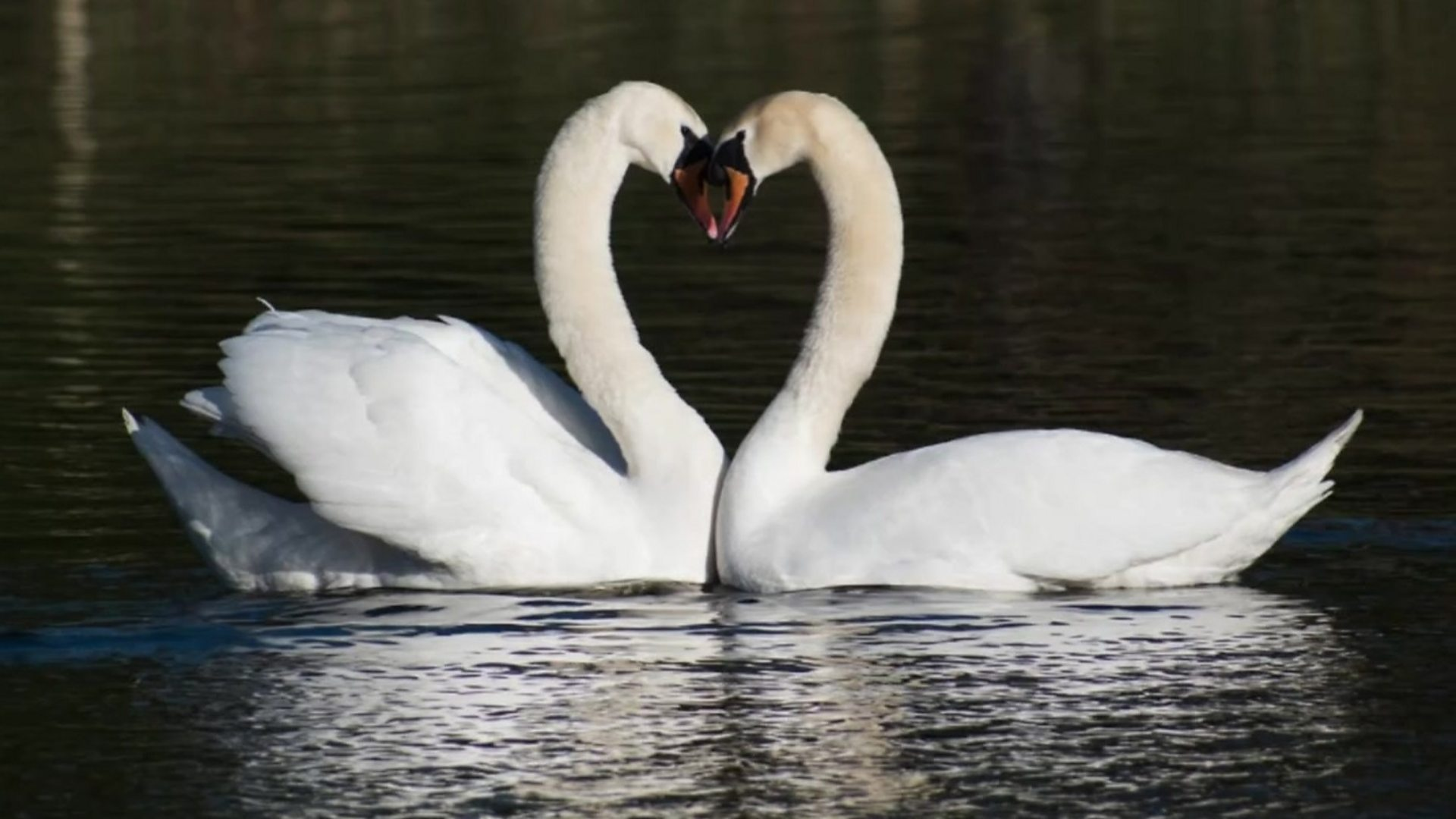 |
| Photo: BBC |
Majestic, beautiful and graceful, swans are large aquatic birds closely related to geese and ducks. Swans inhabit both sides of the Equator across the Northern and Southern Hemispheres. There are several species of swan, differing in size, color and behavior: the Black swan, Mute swan, Black-necked swan, Trumpeter swan, Tundra swan (which includes the Bewick’s swan and Whistling swan), and the Whooper swan.
Northern swans are white with orange beaks. Southern swans are white and black with orange, red or black beaks. The legs of swans are usually a dark blackish gray color, except for two South American species that have pink legs. Black swans are known for swimming with one leg – tucking the other above their tails to change direction more smoothly and quickly when they spot predators or prey.
Swans have streamlined bodies, long necks and webbed feet. Their wings are very strong, making them able to fly short distances despite being such heavy birds. Their incredibly strong wings can cause fatal injuries to other animals.
A male swan is called a cob, a female swan is a pen, and a baby swan is a cygnet.
Swans are omnivores, but eat a mostly vegetarian diet. Swans eat aquatic plants, seeds, insects and sometimes small fish. Swans do not have teeth, but their beaks have serrated edges that look like teeth and aid in catching and eating food. When threatened, swans engage in busking - rearing up with flared wings and hissing, snorting, grunting and flapping.
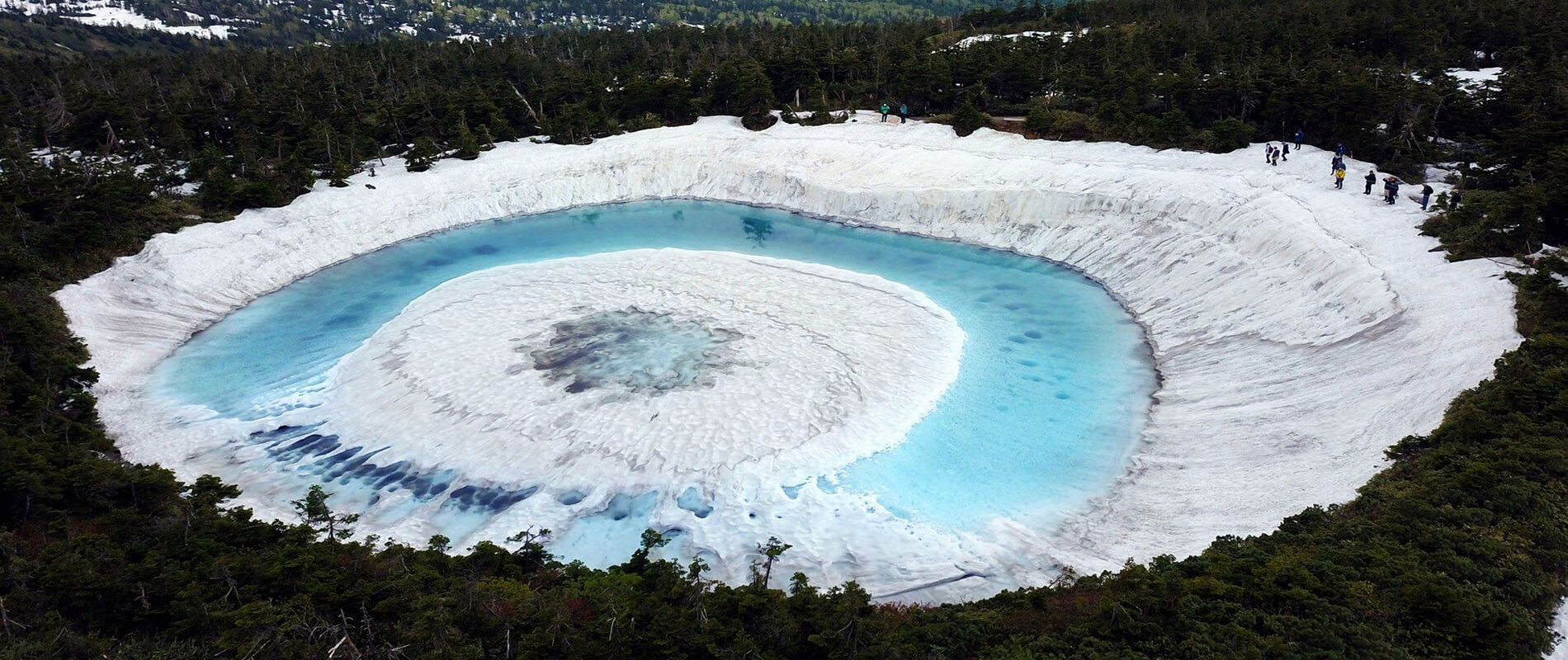 | Mysterious Kagami Numa Lake Known as a "Magical Dragon’s Eye" Japan is the land for many natural wonders and beautiful places to visit. Kagami Numa is a mythical Japanese lake that turns into a giant ... |
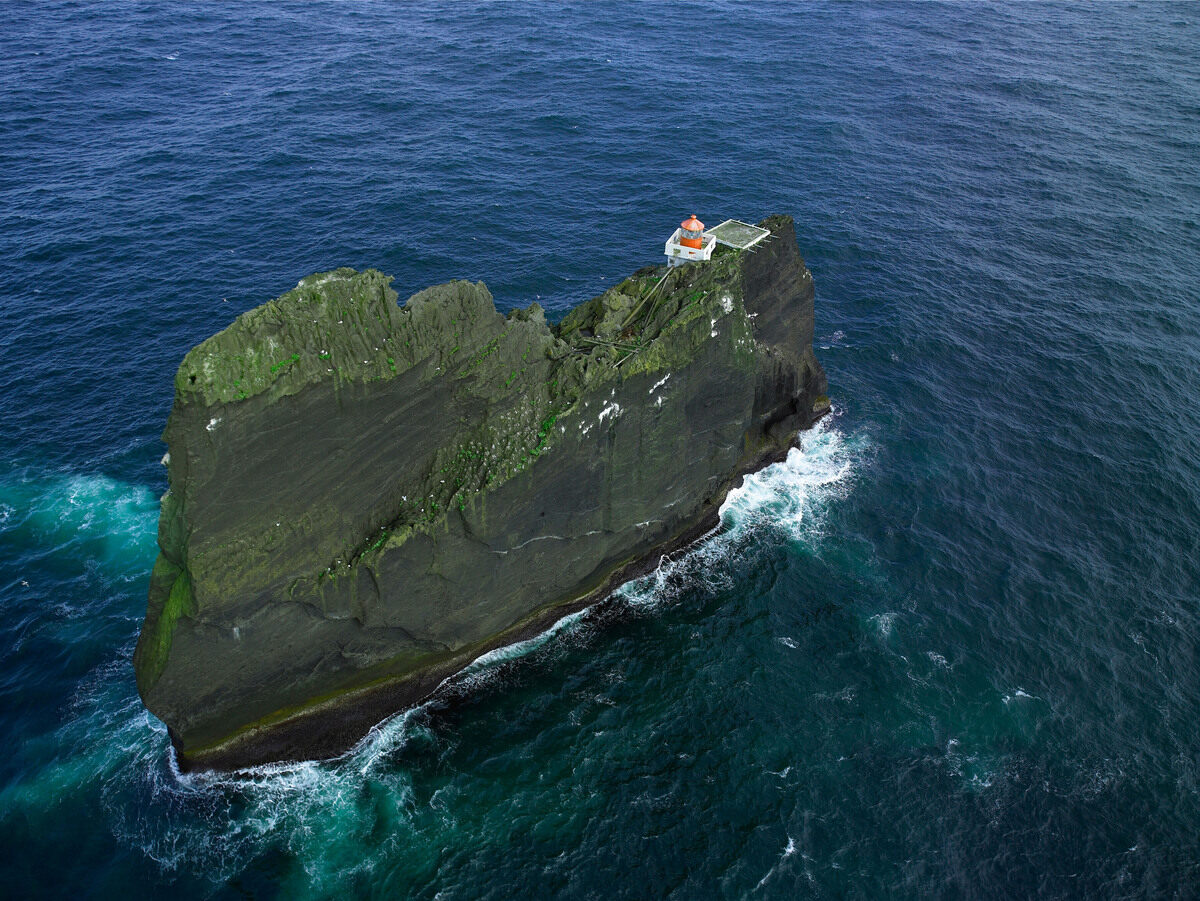 | What Are The Most Isolated Lighthouses In The World? Precariously perched on a rock pillar in the Westman Islands in Iceland, the Þrídrangaviti lighthouse is arguably the most isolated lighthouse in the world. |
 | Best and Most Luxurious Cave Hotels in Cappadocia, Turkey for Travellers Have you been in a hotel built inside a cave, but still provide you luxury and convenience? Here is the best cave hotels in Turkey ... |
Recommended
 Handbook
Handbook
Vietnam Moves Up 8 Places In World Happiness Index
 Handbook
Handbook
Travelling Vietnam Through French Artist's Children Book
 Multimedia
Multimedia
Vietnamese Turmeric Fish among Best Asian Dishes: TasteAtlas
 Handbook
Handbook
From Lost to Found: German Tourist Thanks Vietnamese Police for Returning His Bag
Popular article
 Handbook
Handbook
Prediction and Resolution for the Disasters of Humanity
 Handbook
Handbook
16 French Films To Be Shown For Free During Tet Holiday In Vietnam
 Handbook
Handbook
Unique Cultural and Religious Activities to Welcome Year of the Snake
 Handbook
Handbook










